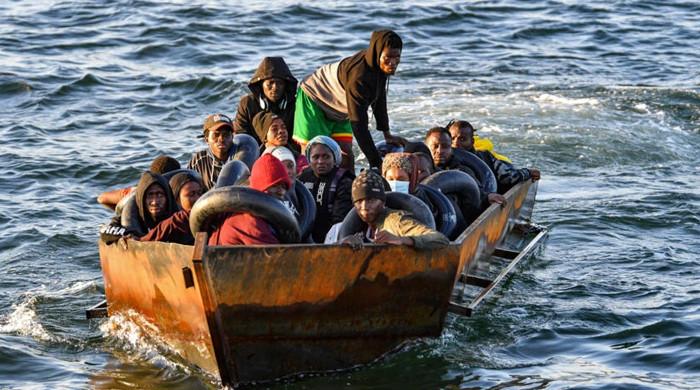MADRID: At least 10,457 migrants died or went missing while trying to reach Spain by sea in 2024, an NGO said on Thursday, more than 50% more than last year and the highest number since it began keeping a count in 2007.
The 58% increase includes 1,538 children and 421 women, migrant rights group Caminando Fronteras said in a report covering the period from January 1 to December 5, 2024.
This equates to an average of 30 deaths per day, up from 18 in 2023.
The group collects data from hotlines set up for migrants on boats in trouble to ask for help, from families of missing migrants and from official rescue statistics.
He blamed the rise in deaths on the use of flimsy boats and increasingly dangerous routes, as well as the insufficient capacity of maritime rescue services.
“These figures show a profound failure of the rescue and protection systems. More than 10,400 people dead or missing in a single year is an unacceptable tragedy,” the group’s founder, Helena Maleno, said in a statement.
The victims came from 28 countries, mostly from Africa, but also from Iraq and Pakistan.
The vast majority of deaths (9,757) occurred on the Atlantic migratory route from Africa to Spain’s Canary Islands, which has received a record number of migrants for the second year in a row.
Seven immigrant boats disembarked in the archipelago on Wednesday, Christmas Day, Spain’s maritime rescue service reported on the X social network.
At its closest point, the Canary Islands lie 100 kilometers (62 miles) off the coast of North Africa. The shortest route is between the coastal town of Tarfaya, in southern Morocco, and the island of Fuerteventura, in the Canary Islands.
But the Atlantic route to the Canary Islands is especially dangerous due to strong currents.
Along with Italy and Greece, Spain is one of the three main European gateways for the arrival of immigrants.
According to the Ministry of the Interior, 60,216 immigrants entered Spain irregularly between January 1 and December 15, an increase of 14.5% compared to the same period last year.
The majority, more than 70%, landed in the Canary Islands.




